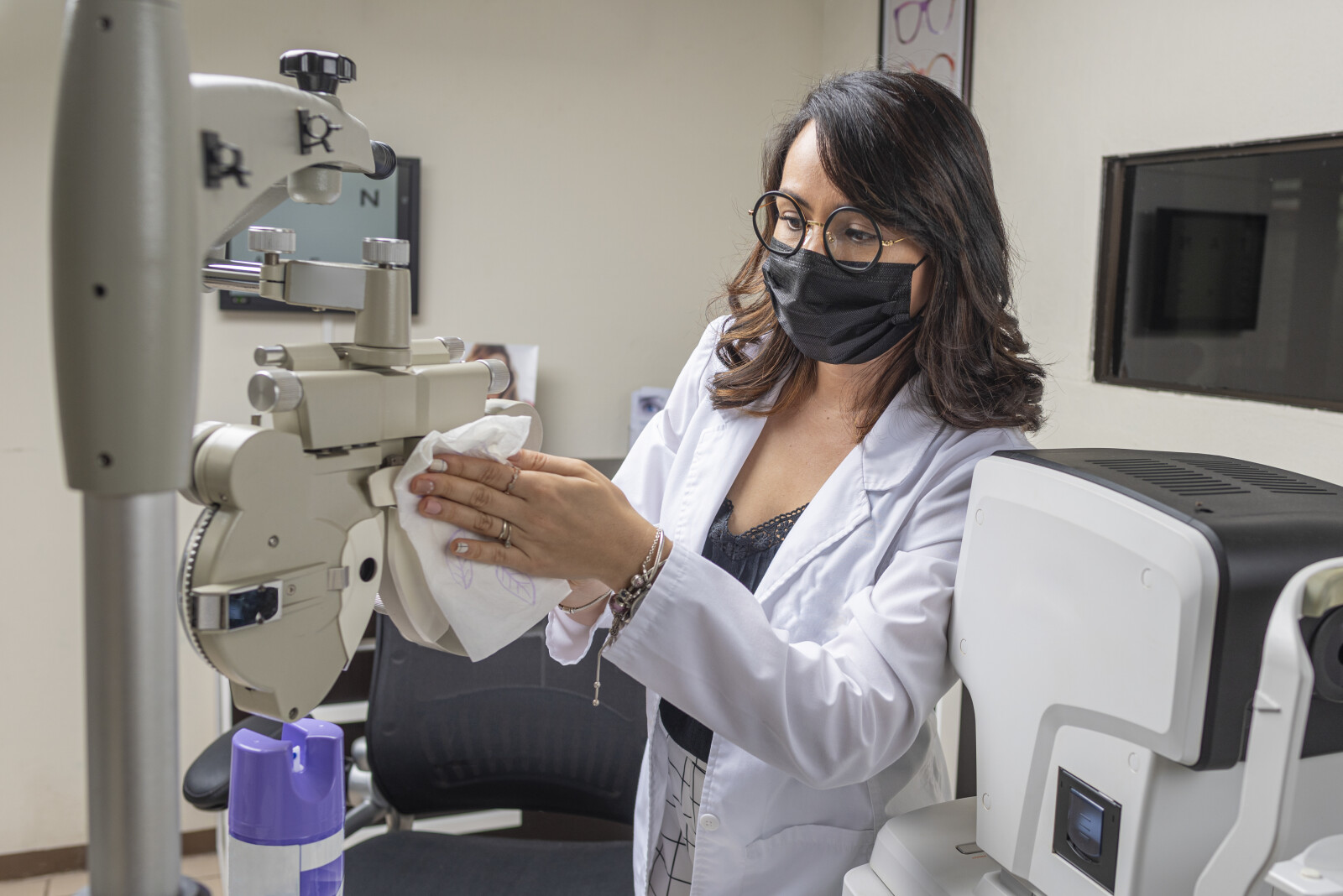Ethylene Oxide
Ethylene Oxide (EO) is a crucial element in manufacturing and healthcare, known for its wide-spectrum disinfection properties. However, the potential health risks associated with EO exposure, especially in certain occupations, warrant careful consideration. This article delves into the industrial uses, sterilization process, health implications, high-risk groups, and the link between EO and cancer, providing a comprehensive understanding of this potent yet hazardous compound.

Understanding the Industrial Importance of Ethylene Oxide
The industrial importance of ethylene oxide stems from its versatile applications in the production of various chemicals for industrial and consumer goods, demonstrating a significant role in numerous sectors. It is a vital component in the manufacturing processes of countless products, including healthcare items, textiles, and plastics. These industrial applications foster economic growth, while also meeting a host of consumer needs. Furthermore, ethylene oxide is essential in the sterilization of medical devices, a critical process in healthcare that ensures patient safety. Despite the hazardous nature of the compound, its utility in diverse industries is undeniable. Therefore, the management of its usage is of paramount importance to mitigate environmental and health risks, while still harnessing its industrial potential.
The Significant Role of Ethylene Oxide in Healthcare
In the realm of healthcare, ethylene oxide plays a pivotal role predominantly in the sterilization of medical devices, an essential process that ensures patient safety and aids in the prevention of infection spread. The employment of ethylene oxide in medical device sterilization is a common practice due to its excellent penetration capabilities and broad-spectrum antimicrobial activity. This gas can effectively sterilize even the complex, delicate devices that are resistant to heat and moisture. Moreover, the role of ethylene oxide extends beyond sterilization. It is instrumental in healthcare product manufacturing, where it is used as a key ingredient in the production of various medical products such as resins, textiles, and pharmaceuticals, further underscoring its significance in the healthcare industry.
Decoding the Sterilization Process With Ethylene Oxide
Understanding the sterilization process with Ethylene Oxide involves a deep dive into the gas's unique characteristics and its interaction with microbial life forms on medical devices. The mechanism of ethylene oxide sterilization stems from its alkylation property that disrupts the DNA of microorganisms, thereby preventing their replication. This highly reactive gas possesses a wide range of microbicidal activity, making it a staple in the healthcare industry. Beyond medical settings, applications of ethylene oxide in the food industry are also noteworthy. Used as a fumigant for spices, nuts, and grains, it effectively reduces microbial load, ensuring food safety. While its benefits are many, it's crucial to manage potential health risks associated with ethylene oxide exposure, making its use a balance of benefit and caution.
Health Implications of Ethylene Oxide Exposure
Exposure to ethylene oxide, even in small quantities, can lead to serious health implications, ranging from acute physical discomfort to increased risk of certain cancers. The health effects of this compound are substantial and multi-faceted. Acute exposure risks can include nausea, vomiting, respiratory distress, and in extreme cases, neurological dysfunction or even death. Chronic exposure to ethylene oxide is more insidious. It has been linked to a variety of cancers, including lymphomas and leukemia, as well as reproductive issues. The potential for cumulative damage means that even low-level exposure over time can have significant health implications. It is therefore crucial to mitigate exposure risks, particularly for those working directly with the compound in industries such as healthcare and manufacturing.
Ethylene Oxide: Analyzing the Risk Factors
Assessing the risk factors associated with Ethylene Oxide necessitates a thorough analysis of exposure sources, frequency, and duration, as well as an individual's susceptibility to its harmful effects. Decoding health risks involves understanding that Ethylene Oxide is a potent sterilizer with widespread industrial usage which presents numerous pathways for exposure, including inhalation, skin contact and ingestion. This gives rise to various health risks including respiratory complications and carcinogenic effects. Analyzing exposure risks highlights certain groups as particularly vulnerable, such as industrial workers and medical personnel frequently handling the compound. Long term exposure can lead to an increased risk of cancers, emphasizing the need for stringent control measures. Overall, the risk factors associated with Ethylene Oxide are considerable and warrant careful attention.
Unpacking Regulations and Safety Measures for Ethylene Oxide
In the wake of rising health concerns, and as part of efforts to ensure public safety, numerous regulations and safety measures have been instituted over the years to govern the use and handling of Ethylene Oxide. Unpacking regulations reveal that bodies like the EPA and OSHA have set strict limits on EO exposure in workplaces. These safety measures include mandating the use of personal protective equipment and regular monitoring of EO levels. The transportation and disposal of EO are also subject to regulations to prevent environmental contamination. These rules underscore the importance of safe practices in handling EO, not just for the health of individuals directly involved, but for the overall well-being of the community.
The Connection Between Ethylene Oxide and Cancer
Scientific research has demonstrated a significant correlation between long-term contact with Ethylene Oxide and the development of certain types of cancer. In terms of risk assessment, Ethylene Oxide poses considerable health hazards, particularly to individuals in residential areas located near industries using or producing this chemical. Prolonged exposure may lead to an increased risk of cancers such as leukemia, non-Hodgkin lymphoma, and breast cancer. Evaluating the potential risks, it's crucial to establish prevention strategies to minimize exposure. These could include improved industrial practices, stringent emission controls, and awareness programs. This calls for a concerted effort from industry, regulatory bodies, and the public to manage the connection between Ethylene Oxide and cancer effectively.
Ethylene Oxide: A Closer Look at Occupational Hazards
Undeniably, workers in industries utilizing ethylene oxide face a heightened risk of exposure, and consequently, potential health complications. This toxic gas, used extensively in sterilization processes and chemical manufacturing, poses significant occupational hazards. Understanding and implementing rigorous exposure control measures is imperative for safeguarding workers' health. Sustained exposure can lead to severe respiratory issues, neurological damage, and even certain cancers. Hence, occupational safety standards must be strictly adhered to, involving adequate ventilation, protective clothing, and regular health monitoring. Moreover, workers need to be trained about the risks, safety measures, and emergency procedures related to ethylene oxide. Encouragingly, modern technology offers advanced detection systems for prompt identification of leaks, contributing to enhanced safety. Through these concerted efforts, the risks associated with ethylene oxide can be significantly mitigated.
Environmental Impact of Ethylene Oxide Emissions
Frequently, ethylene oxide emissions not only pose a significant threat to human health but also contribute substantially to environmental degradation. The release of this potent gas into the atmosphere is a significant source of air pollution, and its persistence in the environment can lead to long-lasting damage. Stringent environmental regulations are crucial to control the harmful effects of these emissions. Ethylene oxide's contribution to air pollution is not just localized; it can travel vast distances, affecting regions far from the source of emission. Its reactive nature also means it plays a part in the formation of harmful ground-level ozone, exacerbating existing environmental issues. The enforcement of environmental regulations and the development of cleaner technologies are vital in mitigating the adverse environmental impacts of ethylene oxide emissions.
Future Perspectives: Ethylene Oxide Alternatives and Innovations
As we gaze into the horizon of chemical innovation, it is apparent that the journey towards developing viable, safer alternatives to ethylene oxide is both a challenge and an opportunity for the scientific community. The quest for ethylene oxide alternatives is gaining momentum with research focusing on less toxic and more environmentally friendly options. Innovations in ethylene oxide sterilization techniques are also underway, aimed at reducing exposure risks while maintaining sterilization efficacy. Emerging technologies, such as cold plasma and supercritical carbon dioxide, show promise as potential alternatives. Collaborative efforts across the globe underscore the urgency of this endeavor, driven by the need to balance industrial demands with health and environmental safety. The future of ethylene oxide is poised at the intersection of innovation and sustainability.
Frequently Asked Questions
What Are the Environmental Impacts of Ethylene Oxide Emissions?
Emissions, particularly unmonitored ones, can significantly impact the environment. Focusing on emission monitoring and recycling processes can help mitigate these adverse effects, ensuring a more sustainable and less harmful interaction with our ecosystem.
Are There Any Alternatives to Ethylene Oxide in Its Various Applications, Particularly in Healthcare?
Yes, alternatives to ethylene oxide in healthcare applications include steam sterilization, radiation, and gas plasma technology. These alternatives can help mitigate health risks associated with ethylene oxide, although each has its own limitations and requirements.
What Safety Measures and Regulations Are in Place for Industries Using Ethylene Oxide?
Safety measures and regulations for industrial use typically involve stringent exposure prevention strategies, regular equipment maintenance, rigorous training, and safety audits, with specific standards varying based on the hazardous substance in use.
How Does Ethylene Oxide Cause Cancer and What Types of Cancer Are Most Commonly Associated With Exposure?
Long-term exposure to certain chemicals can lead to cancer by damaging cell DNA. Most commonly, this exposure is associated with cancers of the white blood cells, breast cancer in women, and various other tumors.
What Are the Potential Future Innovations Related to the Use of Ethylene Oxide?
Potential future innovations may involve safer Ethylene Oxide Applications and addressing Innovation Challenges. This could include developing alternative sterilization methods, reducing environmental impact, or creating new industrial and consumer goods with minimized health risks.
Conclusion
In conclusion, Ethylene Oxide plays a crucial role in multiple industries, especially in healthcare for sterilization purposes. However, the health and environmental risks linked to its exposure necessitate a careful evaluation of its use. Additionally, the potential cancer risk accentuates the need for alternative solutions. Future research and development should focus on finding safer substitutes and innovative practices to minimize these risks, while ensuring the efficiency and effectiveness of industrial and healthcare processes.

This post has been generated by AI and was not reviewed by editors. This is Not legal advice. Please consult with an attorney.




